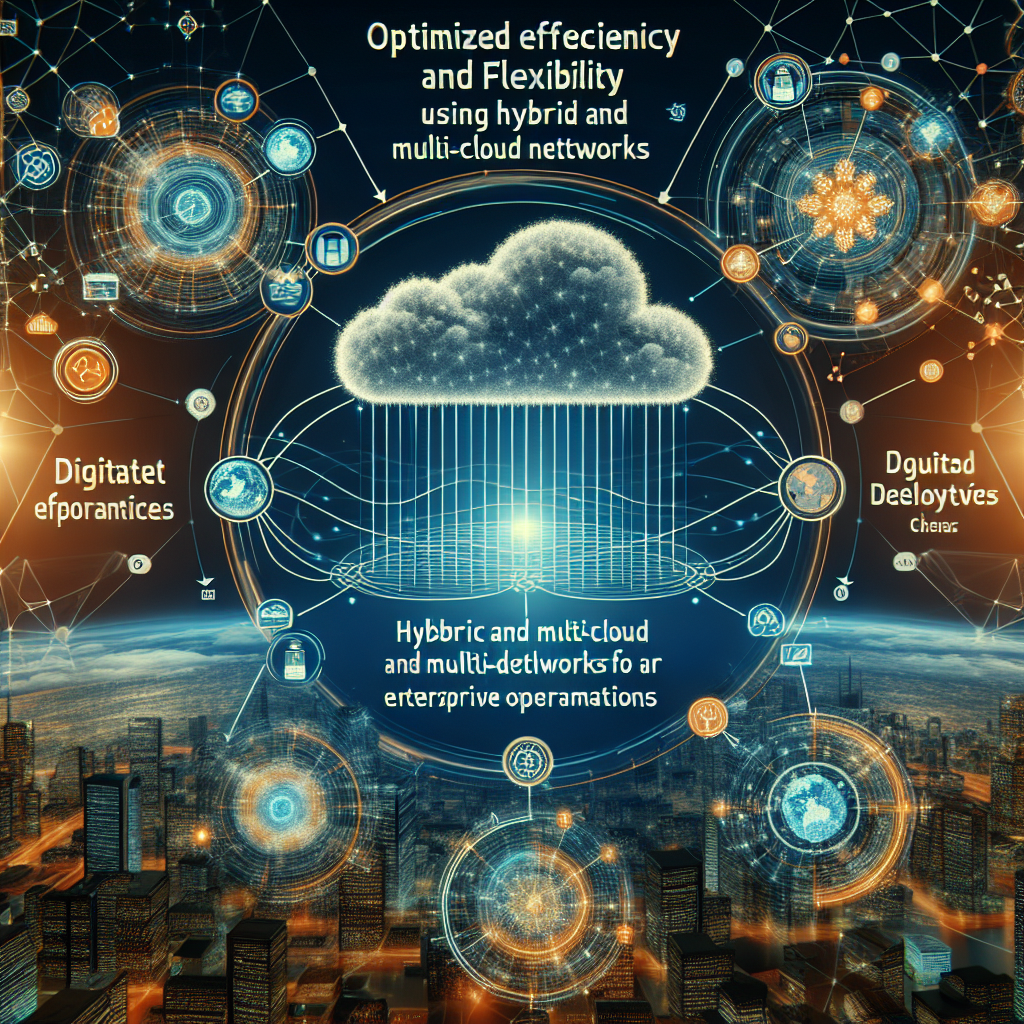In today’s competitive business landscape, small businesses often find themselves struggling to keep up with larger enterprises. Limited resources and manpower can make it difficult for small businesses to compete on the same level as their larger counterparts. However, managed services offer a solution that can help level the playing field and allow small businesses to compete more effectively.
Managed services providers offer a range of IT services and solutions that can help small businesses streamline their operations, improve efficiency, and reduce costs. By outsourcing tasks such as network management, cybersecurity, data backup, and software updates to a managed services provider, small businesses can free up their internal resources to focus on core business activities.
One of the key advantages of managed services is that they provide small businesses with access to the latest technology and expertise without the need to invest in expensive hardware or software. Managed services providers have the knowledge and resources to implement and maintain cutting-edge technology solutions that can help small businesses stay competitive in today’s digital economy.
For example, managed services providers can help small businesses implement cloud computing solutions that allow them to access their data and applications from anywhere, at any time. This flexibility can give small businesses a competitive edge by enabling them to work more efficiently and collaborate with team members and clients in real-time.
Managed services providers also offer cybersecurity solutions that can help small businesses protect their sensitive data and prevent cyberattacks. With the increasing frequency and sophistication of cyber threats, small businesses need to take proactive measures to secure their networks and data. Managed services providers can help small businesses implement robust cybersecurity measures that can help prevent data breaches and ensure compliance with industry regulations.
Furthermore, managed services providers can help small businesses scale their IT infrastructure as they grow. As small businesses expand, they may need to upgrade their technology solutions to accommodate increased demand. Managed services providers can help small businesses plan and implement IT upgrades that align with their growth objectives and budget constraints.
In conclusion, managed services offer small businesses a cost-effective and efficient way to access the technology and expertise they need to compete with larger enterprises. By outsourcing IT tasks to a managed services provider, small businesses can focus on their core business activities and gain a competitive edge in today’s fast-paced business environment. If you’re a small business owner looking to level the playing field and compete more effectively, consider partnering with a managed services provider to help you achieve your business goals.
















